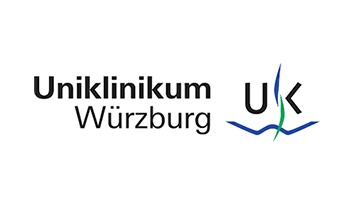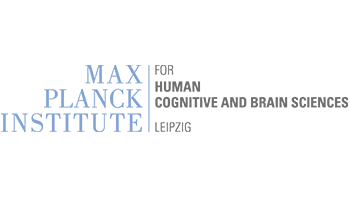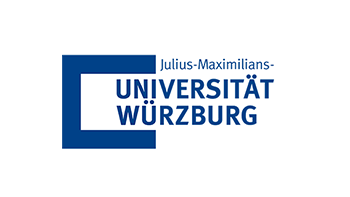We offer a dynamic multiscale modeling perspective on deep brain stimulation (DBS) to investigate its mechanisms, thereby creating new testable hypotheses, and providing an in silico testing ground for novel stimulation paradigms using The Virtual Brain (TVB).
We plan to continue to enhance our developed and tested Virtual DBS model based on brain network modeling using our newly developed advanced parameter learning methods for the DBS optimization.
We also aim to tackle the same optimization problem from a theoretical perspective applying methods from network and control theory. We plan to perform a first prospective pilot study of testing the simulation-assisted TVB-based electrode settings as a steppingstone toward bringing Virtual DBS modeling into clinical practice.
Team
-

Dr. Jil Meier
Berlin Institute of Health at Charité (BIH)
Project Leader
-

Prof. Petra Ritter
Berlin Institute of Health at Charité (BIH)
Steering Committee and Equal Opportunity Committee Member, Project Leader
-

Tiago Felicetti
Berlin Institute of Health at Charité (BIH)
PhD Student
-
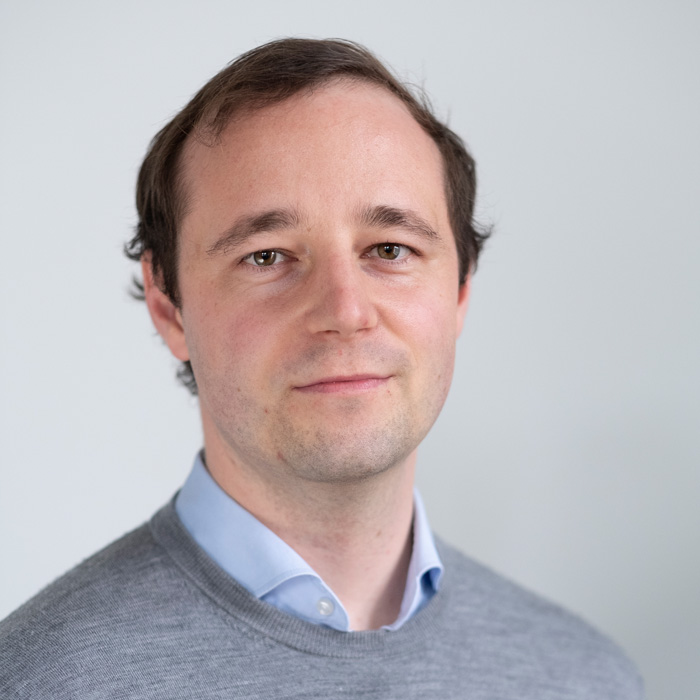
Dr. Andreas Horn
Charité - Universitätsmedizin Berlin
B01/S01 Alumnus Project Leader
-

Nanditha Rajamani
Charité - Universitätsmedizin Berlin
B01 Alumna
-
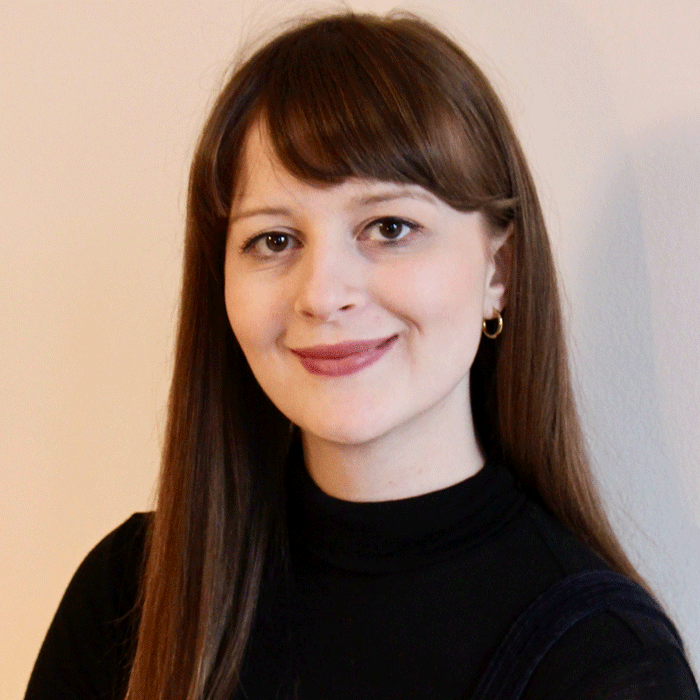
Barbara Hollunder
Charité - Universitätsmedizin Berlin
B01 Alumna
Publications
Neuroimaging-based analysis of DBS outcomes in pediatric dystonia: Insights from the GEPESTIM registry.
- Prof. Andrea Kühn
- Juanli Zhang
- Prof. Alfons Schnitzler
Insights and opportunities for deep brain stimulation as a brain circuit intervention.
- Prof. Julian Neumann
- Dr. Andreas Horn
- Prof. Andrea Kühn
Learning how network structure shapes decision-making for bio-inspired computing.
- Prof. Petra Ritter
Christmas-Related Reduction in Beta Activity in Parkinson’s Disease
- Dr. Lucia Feldmann
- Dr. Roxanne Lofredi
- Johannes Busch
- Varvara Mathiopoulou
- Dr. Gerd-Helge Schneider
- Dr. Andreas Horn
- Prof. Andrea Kühn
- Prof. Julian Neumann
Lead-DBS v3.0: Mapping deep brain stimulation effects to local anatomy and global networks.
- Nanditha Rajamani
- Dr.-Ing. Konstantin Butenko
- Dr. Clemens Neudorfer
DBSegment: Fast and robust segmentation of deep brain structures considering domain generalization
- Dr. Andreas Horn
Optimal deep brain stimulation sites and networks for stimulation of the fornix in Alzheimer’s disease.
- Dr. Clemens Neudorfer
- Dr.-Ing. Konstantin Butenko
- Dr. Ningfei Li
- Nanditha Rajamani
- Dr. Andreas Horn
Overnight unilateral withdrawal of thalamic deep brain stimulation to identify reversibility of gait disturbances.
- Dr. Andreas Horn
- Prof. Andrea Kühn
Virtual deep brain stimulation: Multiscale co-simulation of a spiking basal ganglia model and a whole-brain mean-field model with The Virtual Brain.
- Dr. Jil Meier
- Prof. Petra Ritter
Functional connectivity maps of theta/alpha and beta coherence within the subthalamic nucleus region.
- Prof. Julian Neumann
- Dr. Andreas Horn
- Prof. Andrea Kühn




